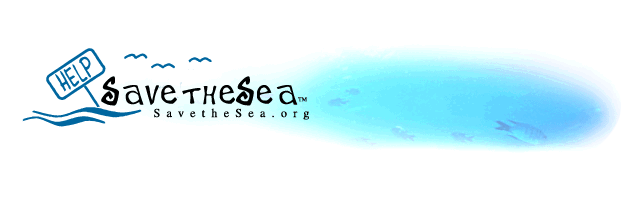Phytoplankton |
 |
Phytoplankton represent the first link in the marine food web.
Like the grass of the fields and the leaves on the trees, most life on earth ultimately depends on plants for nourishment. In the ocean, microscopic animals called zooplankton graze on the pastures of plankton. These little animals are ultimately eaten by larger zooplankton, by fish and as amazing as it may sound, by the largest creature of all - the blue whale.
Just like plants on land, phytoplankton require light, water, carbon dioxide and nutrients to grow.
There is never a shortage of water in the ocean and generally, there is ample light for phytoplankton to grow in the surface waters. Carbon dioxide is plentiful in the ocean and whenever the supply in the surface waters goes down because the phytoplankton have used it during photsynthesis. it is replenished from the atmosphere above. In the ocean, the major limiting factor regulating phytoplankton growth is the availability of nutrients. Nutrients (nitrates, phosphates, silicates, etc.) are found in great quantities in the deeper, colder depths of the ocean.
|
|
Whenever those waters are brought near the surface, the oceans are essentially fertilized (just like you do to your lawns to green them up) and the plankton bloom.
The patterns of distribution of phytoplankton that we observe are related to both physical and biological processes.
Following on what was just said, wherever mixing takes place in the ocean, or where currents bring the colder, nutrient-rich waters up from the depths, the surface waters will be enriched with added nutrients which may stimulate phytoplankton growth. In looking at the large-scale distributions of phytoplankton in the ocean, we can see how closely they are related to areas where nutrients are being supplied to the surface waters.
Phytoplankton play a key role in the ecology of the marine ecosystem and changes in their patterns of distribution and abundance can have significant impact on the entire ecosystem.
Because the animals all the way up the food chain ultimately depend on the supply of phytoplankton at the base, if the plankton disappear, the chain is broken and eventually the animals will suffer. Life in the ocean is a delicate balance between the physical conditions that set the stage for life to exist, and the ability of life to act upon that stage.
Phytoplankton have a major role in the global carbon cycle.
Although phytoplankton account for approximately 50% of the photosynthesis on this planet, over 99.9% of all the carbon dioxide that has been incorporated into living things over geologic time is buried in marine sediments, indicating that phytoplankton play a very important part in regulating the amount of carbon in the atmosphere.
|
However, not all phytoplankton are green. They come in a variety of shapes and colors and while most of them are harmless, some can bloom in such large numbers and produce toxins that can be quite harmful to marine life and in some cases, to humans as well. When phytoplankton growth is stimulated by an overabundance of nutrients from sources such as sewage discharge or runoff of agricultural fertilizers used on land, the consequences can be quite serious. Dense blooms of phytoplankton can essentially block sunlight from reaching the bottom in shallow areas of bays or estuaries and can cause the massive decline in the Submerged Aquatic Vegetation (SAV) that has been taking place in places like Chesapeake Bay. These grasses are vital nursery grounds for many species of fish and invertebrates and their loss can have dire ecological results. In addition, when these blooms die and the
|
 |
plankton sink to the bottom, bacterial decomposition of all this organic matter essentially strips the water of oxygen. Fish, shellfish and most other living things require oxygen to survive and decaying phytoplankton blooms have been the cause of many massive fish kills over the years. Of the phytoplankton that can be directly harmful on their own, the most commonly known form of these, dinoflagellates, are the source of red tides.
courtesy of daac.gsfc.nasa.gov
|
|





